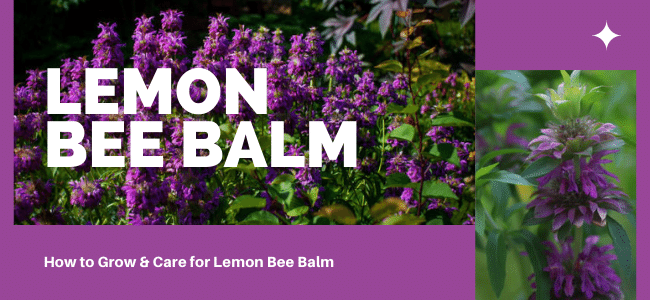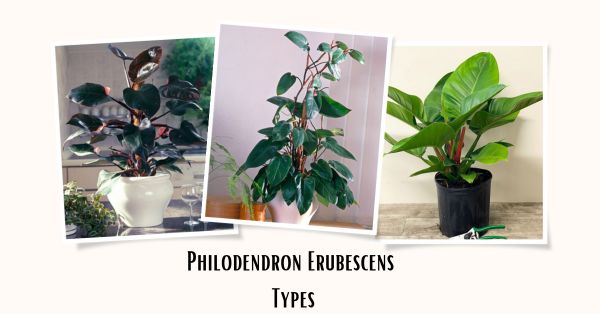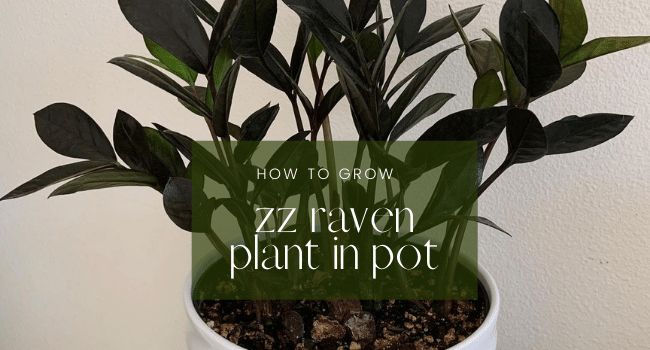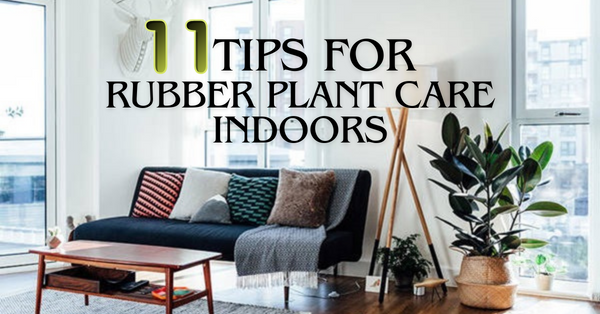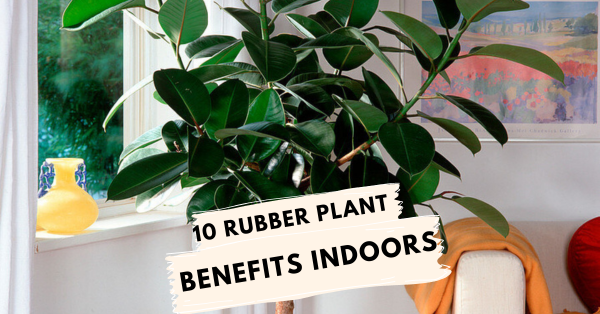14 Types of Monstera | Best Monstera Plant Varieties That You Can Grow
Plants in the Monstera genus are gaining popularity in the houseplant world due to the unique foliage. Check out this post to know the types of Monstera that you can grow.
Monstera is a popular houseplant that genus that contains several species with some special characteristics. The varieties differ in size and shape and even the leaf fenestration is different in each Monstera. Each monstera has a different appeal so it’s important to know about the types of Monstera before choosing one. So without further ado, here are different types of Monstera that you can grow.
1. Monstera deliciosa
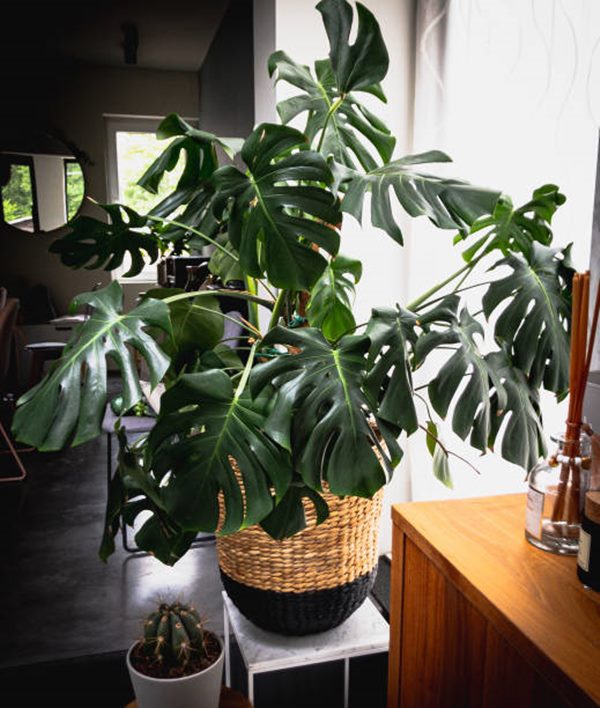
We’ll start with the most popular Monstera out there, Monstera deliciosa or Swiss-cheese plant. The large leaves have holes running to the edges, which mostly appear on the mature leaves. Although in the natural habitat it grows quite big, it’s possible to keep it contained by pruning and growing in the container. We have a detailed post on growing monstera deliciosa in the container.
NOTE: Plants of Monstera genus are considered toxic to pets including cats and dogs as per ASPCA.
2. Monstera adansonii
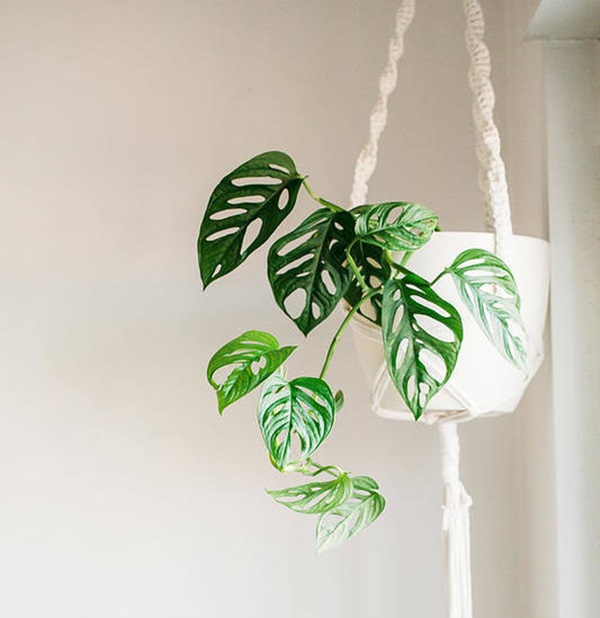
The heart-shaped leaves of this Monstera develop holes as the plant matures because of fenestration. The feature that sets it apart is the holes that do not run to the foliage’s edge like monstera deliciosa. It makes a perfect fit for hanging baskets due to the trailing nature.
3. Monstera borsigiana
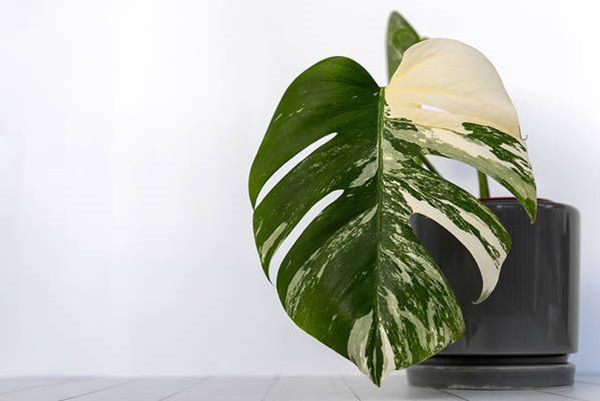
Borsigiana grows at a faster rate, and it is smaller than the monstera deliciosa. Also, it shows variegation readily, which can be passed on easily through cuttings. As it’s the subspecies of deliciosa, the differences are not that pronounced, especially when the plants are young.
4. Monstera Siltepecana
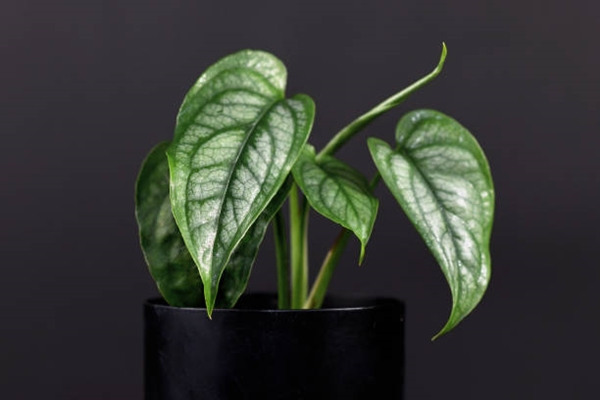
The foliage is relatively small, with dark green veins running over the greenish leaves. The leaves are also covered with silver patches here are there. You can let it trail from the hanging baskets or provide moss support for it to climb.
5. Monstera Epipremnoides / Esqueleto

Monstera esqueleto is very similar to adansonii, but there are some telltale differences. The foliage of esqueleto is a little large compared to adansonii and has a lighter tone of green. The hole incision is also larger in the case of Monstera esqueleto, which has a different appeal.
6. Monstera Obliqua

You’ll know you are looking at Monstera obliqua easily with the leaves, which are more holes than matter. In fact, mature leaves have around 90 percent of the space covered in holes. It’ll be difficult to get your hands on this particular Monstera as it’s rare and expensive.
7. Monstera Variegata
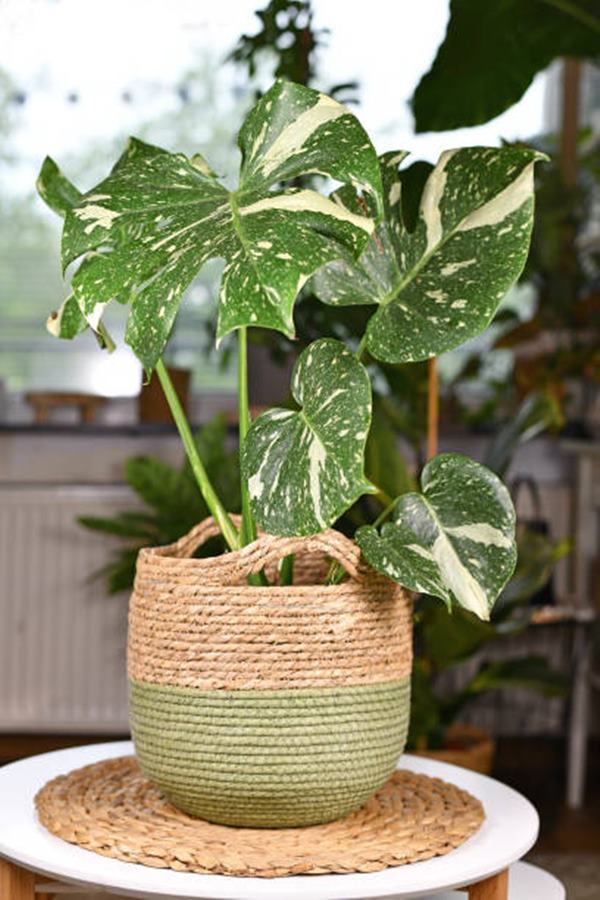
Technically monstera Variegata is not a new species of Monstera but some subspecies of Monstera which show variegation. Such as, the sub-specie Monstera deliciosa ‘Albo Variegata’ is monstera deliciosa, but as it’s variegated with white, it’s also variegata. Monstera adonsonii ‘Variegata’ and Monstera Deliciosa ‘Thai Constellation’ are some other variegated monstera.
8. Monstera pinnatipartita
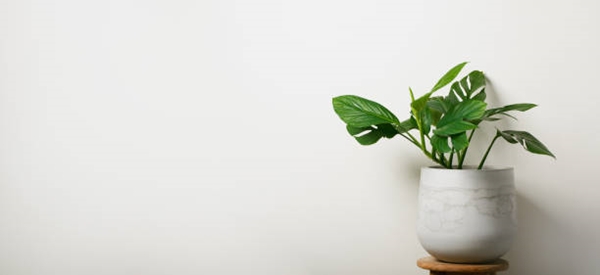
Another monster that’s somewhat rare but steals the show with deep fenestrations. As the plant matures, the foliage develops slots starting from the mid-rib, unlike many other monstera species. The baby monstera is unrecognizable from the mature one due to no leaf pinnation.
9. Monstera subpinnata
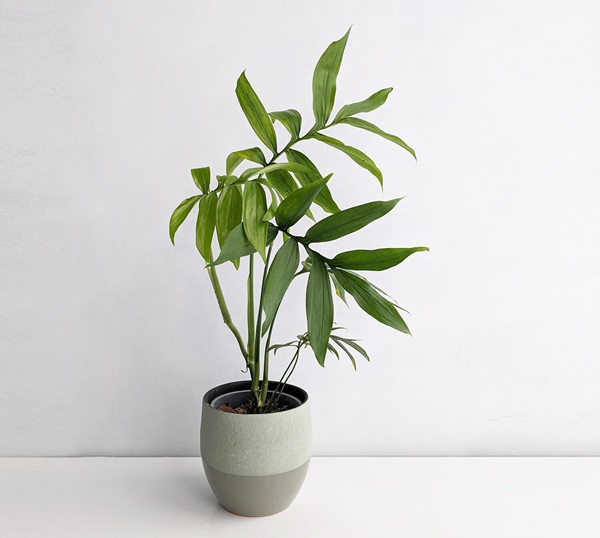
This Monstera has leaves separated to the extent that they appear totally separated. The foliage makes it stand apart from other monstera species. In fact, monstera subpinnata looks like a vining palm tree bringing that tropical feel.
10. Monstera karstenianum
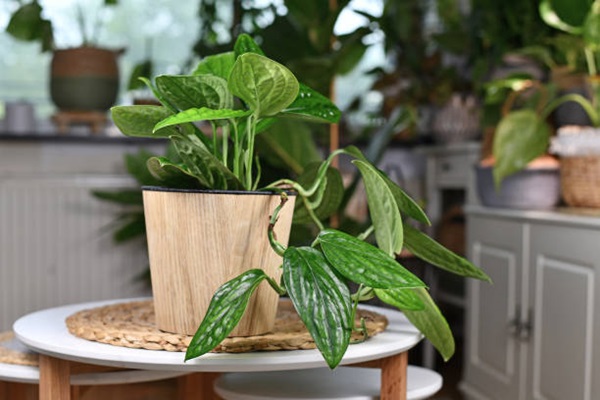
Also, going by the name monstera Peru it’s a unique monstera that doesn’t show telltale leaf slots. But even without the holey leaves, it’s worth having this plant. The glossy dark leaves have a unique texture and enhance the beauty of any surrounding.
11. Monstera acuminata
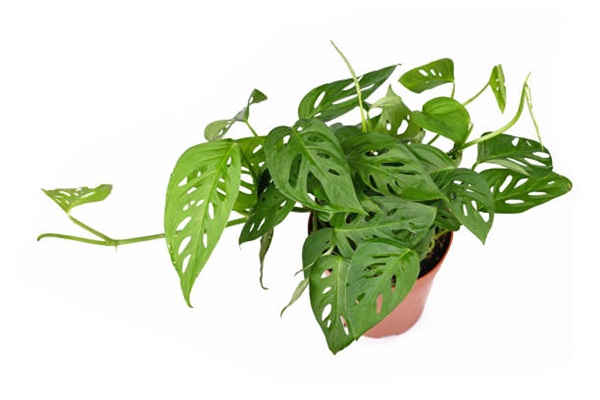
The leaves of this stunning Monstera are dark compared to the lighter shade of adansonii. Also, the foliage is small and narrow, with small holes compared to adansonii. Care requirements are the same, and it also loves to reside in warm and humid conditions.
12. Monstera standleyana
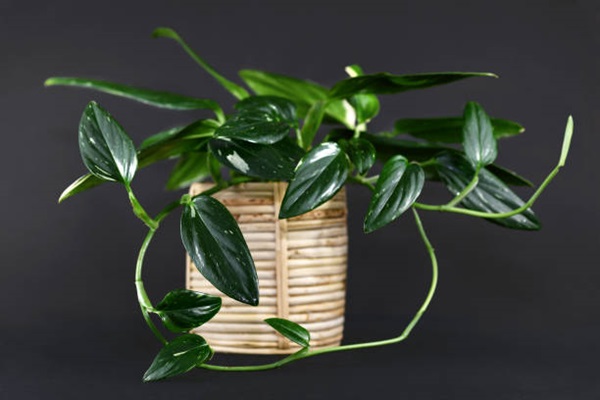
Another monstera on the list which doesn’t form fenestrations! It’s a fast-growing vining monstera with leaves that show variegation in hues of white and silver. Grow it over moss poles or let it trail from the hanging baskets; it’s up to you!
13. Monstera dubia
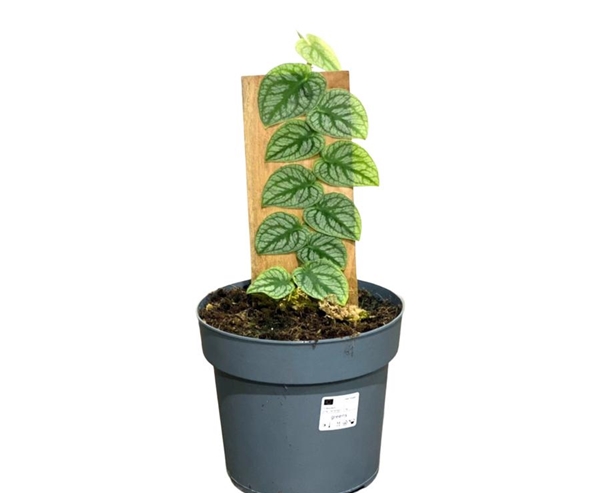
Characterized by the small leaf size, this monstera cultivar is a bit hard to find. The small heart-shaped leaves from creeping vines look variegated with shades of light and dark green. It commonly goes by the name shingle plant and grows to around 3 feet when kept indoors.
14. Mini Monstera
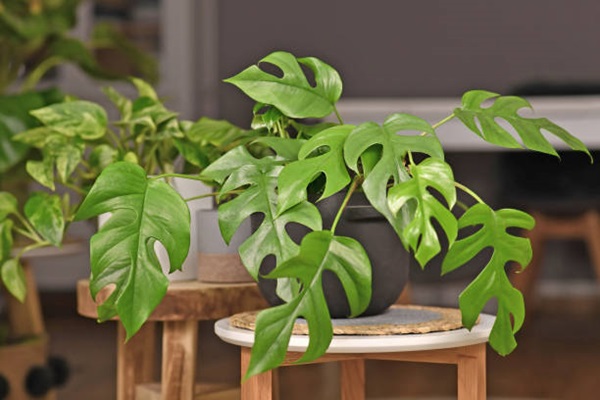
Rhaphidophora tetrasperma, also known as mini Monstera, is actually neither a Monstera nor a Philodendron. However, it comes under aroids as it belongs to the same family Araceae. As the name suggests, it has small leaves that grow to around 12 inches in length when mature.
